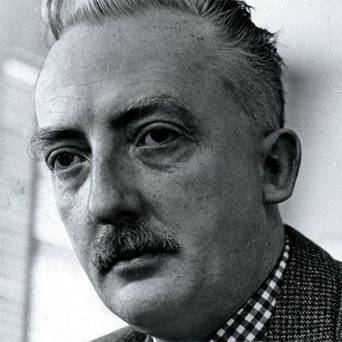By Peter McDermott
The Rev. Peter Meehan can look with satisfaction at the green scrim that's draped over the scaffolding at 7 State St.
"Our project is moving," he said Tuesday of the state-mandated preservation of the parish building at Manhattan's southerly tip.
As the Echo reported in 2009, the priest needed a seven-figure sum to entirely renovate the building that is intimately linked to the story of Irish immigration to the United States. Although he is $400,000 short, there are enough funds now for work to begin on the façade and the roof.
The building was landmarked in the 1960s for its architecture and also simply because it was a very rare late-18th century New York building. As Meehan told the Echo last year, he couldn't simply go to Home Depot when a pane of glass needed mending, even if wasn't 215 years old, which some are. The repair process involved funds and paperwork.
But the building is also known for its association with Mother Seton, the first native-born American saint, who lived for a time at 8 State St., which is now part of the complex, and increasingly for the fact that an estimated 120,000 Irish immigrant women and girls were counseled there after they were processed at Ellis Island.
"We don't have a story; we are a story," said Fr. Meehan, "It's one that should be inspiring for Americans."
In a small study that looks onto the Staten Island Ferry terminal, Meehan has four volumes that are testament to the extraordinary work of the Mission of Our Lady of the Rosary for the Protection of Irish Immigrant Girls, which was located there from the mid-1880s alongside the parish church. A fifth is on display in another room. The five books have the names of 60,000 women who were aided by the priests and other staff at the mission. They contain personal information, destination addresses for example, that is generally not available in genealogical sources.
Meehan can report that the Irish government, via the New York consulate, is interested in the records and help is forthcoming on the proper indexing of the names. He began the process himself a couple of years ago with the aid of Pace University students.
For Meehan, the building and the books, containing information on one in every five Irish female immigrants processed at Ellis Island, symbolize the "spirit of welcome."
The recently saved St. Brigid's Church is associated with the Famine, which is a lost generation in terms of information recorded about individuals, he said. "Our Lady of the Rosary tells the story of the later generation, and we have the records," he added.
Meehan hopes that many who campaigned for St. Brigid's will get involved with the effort to ensure the future of Our Lady of the Rosary.
"I want to reach out to the wider Irish community," the priest said. "I need mailing lists."
The Statue of Liberty, out in the bay, inspired a successful 19th-century fundraising model he admires. When financiers were slow to fund the pedestal, publisher Joseph Pulitzer appealed to the ordinary people of America for their nickels and dimes. "Lots of small contributions would complete the job here," he said.
"But, if anybody knows a tycoon," Fr. Meehan said. "I'll meet him anytime for lunch."
Fr. Meehan can be contacted c/o Our Lady of the Rosary Parish, 7 State St., N.Y. 10004. Tel: 212-269-6865. Email: setonshrine05@netscape.com.










